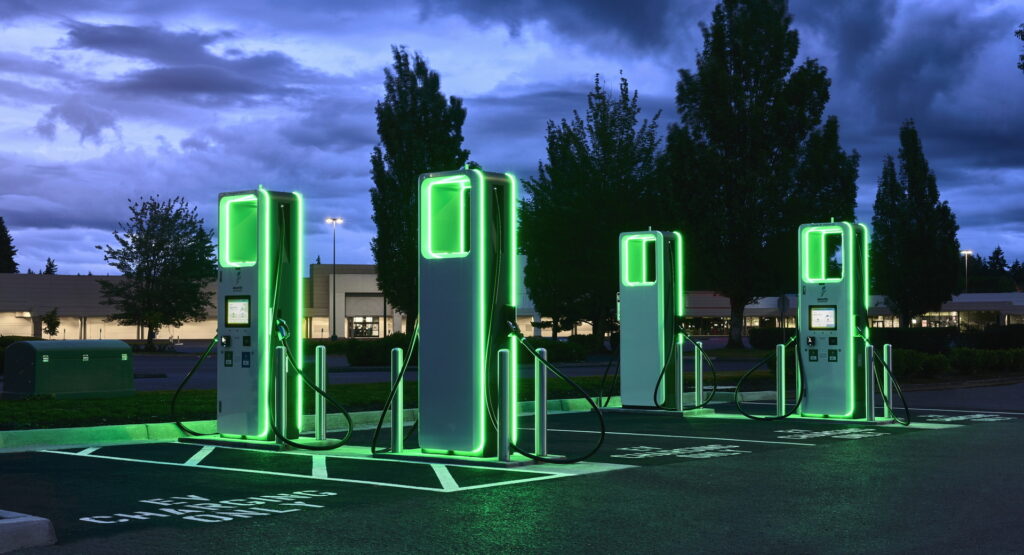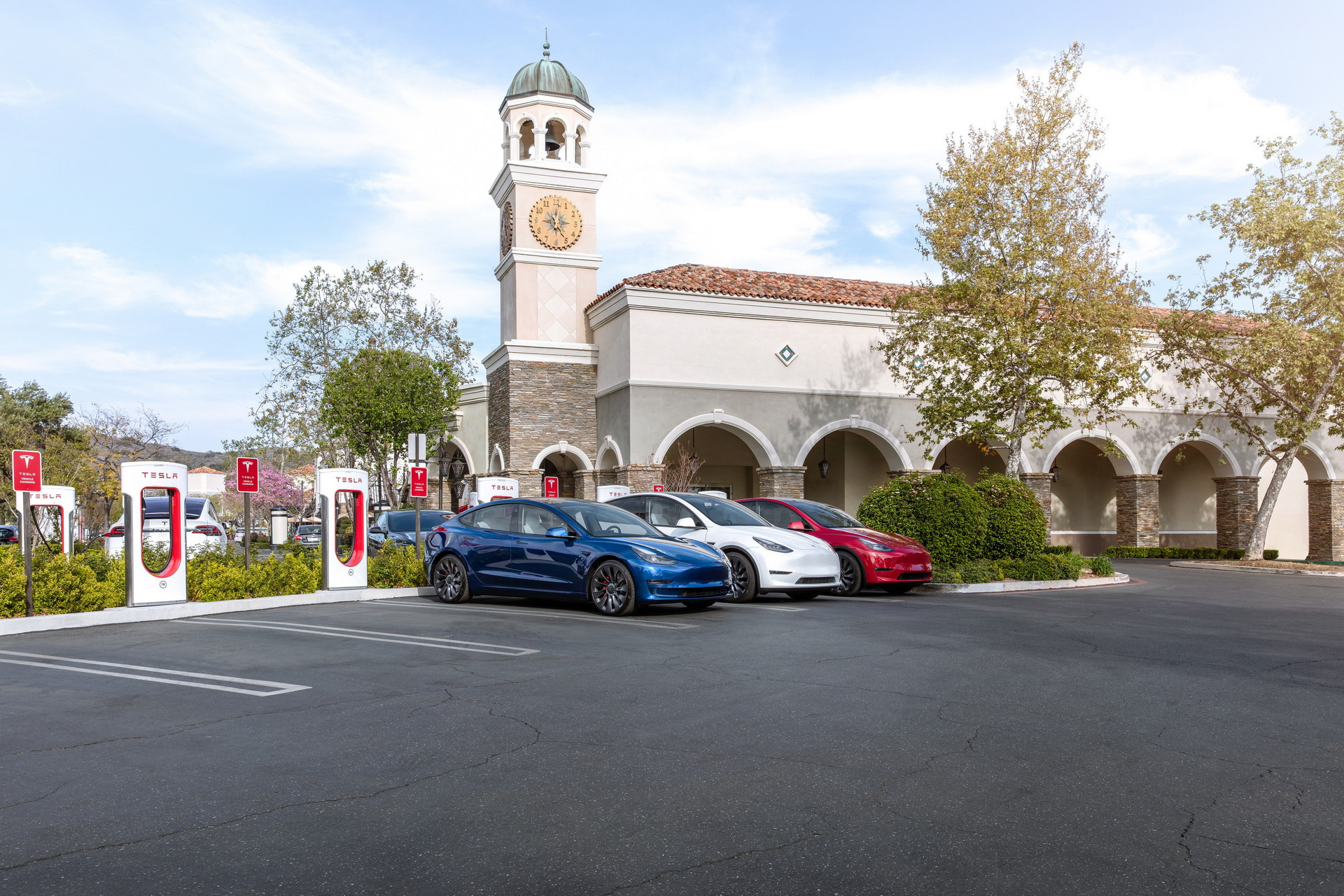Despite the fact that there are more public charging stations than ever around the U.S., a recent boom in electric vehicle sales means that’s still not enough. That’s according to J.D. Power’s newly released U.S. Electric Vehicle Experience Public Charging Study.
Electric vehicle owners in high volume markets like California, Texas, and Washington are finding that the charging infrastructure is inadequate and frequently plagued with reliability issues.
“Public charging continues to provide challenges to overall EV adoption and current EV owners alike,” said Brent Gruber, executive director of global automotive at J.D. Power. “Not only is the availability of public charging still an obstacle, but EV owners continue to be faced with charging station equipment that is inoperable.”
Read Also: Charging An Electric Vehicle Need To Be As Convenient As Gas In Order To Work
As companies like Tesla, Electrify America, ChargePoint, and others grow, customers are finding it easier to charge. Indeed, EV owners ranked the ease of finding a DC Fast Charger a 724 out of 1,000 and the ease of finding a level 2 charger a 683 out of 1,000. The study found, however, that one out of every five respondents wound up not charging their vehicle once they found a charging station. Of those, 72 percent indicated that they didn’t charge because the station was malfunctioning or out of service.
And just because it’s easy to find a station, it doesn’t mean drivers are happy. Owners in California and the Pacific region, where the majority of EV drivers reside, have the most chargers in the country, but they aren’t the most satisfied. Drivers in the North Central region (Iowa, Kansas, Minnesota, Missouri, Nebraska, North Dakota, and South Dakota) were actually the most satisfied with the availability of charging stations.
The study found that there is a strategy to how charging stations should be installed. Whereas people looking for a level 2 charger just want to it to be a convenient and cheap place to charge, those looking for a DC fast charger were normally on a longer journey, and therefore were looking for a location along a major route.
“The National Electric Vehicle Infrastructure (NEVI) Formula Program […] will lead to sizable growth in the availability of EV charging stations, but just adding stations isn’t the answer,” said Gruber. “Stations need to be added to areas where there are currently gaps in heavily traveled routes and in high-density areas for people who don’t have access to residential charging, but most importantly, designed with things for users to do while charging – regardless of the use case.”
As far as branding goes, Tesla customers still appear to be the most satisfied with their chargers. Tesla Destination was the highest ranked level 2 charging station in the industry (with Volta in second and ChargePoint in third), while Tesla Superchargers were the highest-ranked DC fast chargers on the market.







